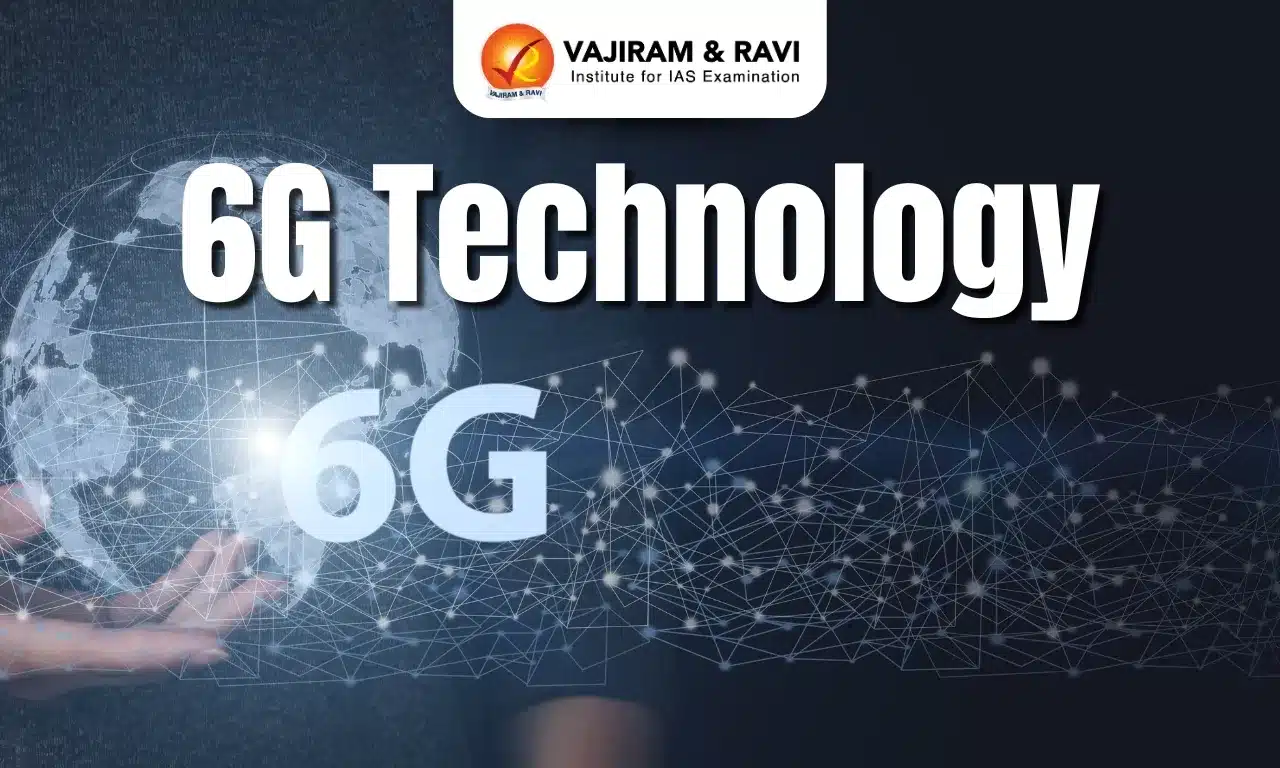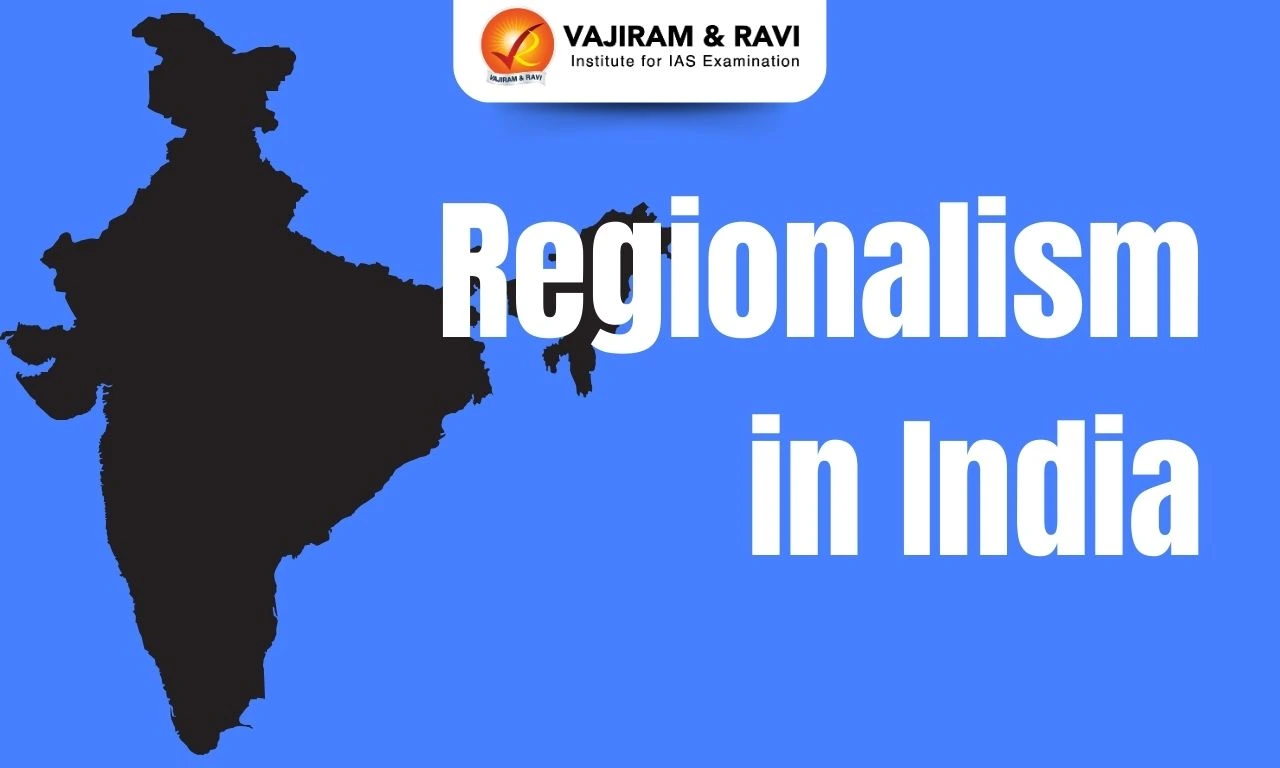6G Technology is the sixth generation-cellular network that would operate in untapped radio frequencies and use cognitive technologies like AI to enable communication multiple times faster than the existing 5G network.The evolution of 6G would enable hyper-connectivity, intuitive interfaces, universal computing, multi-sensory data fusion, and precise sensing.
6G technology in India has the potential to revolutionise connectivity and provide a variety of advanced features and capabilities to the industry. However, its widespread adoption will necessitate significant investment in research and infrastructure.
Features and Working of 6G Technology
5G deployment is still in its early stages, but 6G research and development is already underway. 6G is expected to be significantly faster, and have lower latency. The important features of 6G technology are as follows:
- Terahertz (THz) frequencies: Engineers are attempting to transfer data over hundreds of gigahertz (GHz) or terahertz (THz) waves for 6G.
- Radio waves with a wavelength of about 1 millimetre (frequency in THz) will be used in the 6G networks.
- THz waves are much shorter than the waves used by 5G thus, they can carry more data.
- Use of Artificial Intelligence: AI will be used to improve the performance of 6G networks by managing traffic and ensuring data delivery reliability.
- Massive MIMO (Multiple-Input Multiple-Output): It is a data transmission and reception technology that employs a large number of antennas.
- 6G networks can accommodate a large number of devices and connections.
- G networks will be able to support an enormous number of devices, including billions of sensors and actuators.
- Network slicing: 6G will enable the division of wider networks into smaller, dedicated networks.
- This would make different types of traffic be prioritised and managed separately, such as video streaming or industrial automation.
- Security: In order to protect sensitive data and applications, 6G networks will be highly secure by employing a variety of security measures such as encryption and authentication.
- Ultra-reliable low latency communication (URLLC): It is a method of communication that ensures very low latency even in congested networks.
- 5G URLLC could not fulfil all the Key Performance Indicators such as industrial automation, industrial automation, Virtual/Augmented Reality, intelligent transportation, Meta-Universe, etc.
- 6G technology will lay the foundations for these emerging mission-critical applications for which the next generation URLLC (xURLLC) would be required to include it.
- Integrated intelligent reflecting surfaces (IIRS): It is a new technology that can be used to reflect and amplify radio waves.
- This can be used to improve the performance of 6G networks, particularly in areas where signal reception is poor.
Significance of 6G Technology
- Sustainability: 6G will promote sustainability by supporting data collection and closed-loop control of numerous appliances by enabling faster and lower cost-per-bit connectivity.
- Energy-efficient: 6G technology will be much more energy-efficient, turning off components and reducing capacity when demand is low.
- Secure: 6G networks will be built to withstand threats such as jamming.
India and 6G Technology
India is preparing for the arrival of 6G wireless technology, with commercial deployment to be expected by 2030.
- Patents for 6G: International organisations have granted India more than 127 patents for 6G technology.
- This achievement has increased interest in India’s technological breakthroughs, with countries such as the United States expressing a strong desire to receive India’s cutting-edge 6G technology.
- India-US Pact: India’s 6G ambitions got a further impetus after it signed a pact with the US to drive high-end research in the field at the 2023 G20 Summit.
Bharat 6G Vision
The Department of Telecommunications has established a Technology Innovation Group on 6G (TIG-6G) to create the Bharat 6G Vision, a strategy to develop 6G technology in India by 2030.
- Objective of this vision: To create and deploy 6G network technologies that provide secure, intelligent, and pervasive connectivity, enabling people to live better lives.
- The International Telecommunication Union (ITU), a UN body that oversees the development of telecom standards and is in charge of managing spectrum and satellite orbit resources around the world, has accepted the 6G Vision Framework.
- India, through the Department of Telecommunications under the Ministry of Communications, has played an important role in the Framework’s development.
- Significance: Several countries see India as a promising destination for investments in the 6G technology sector, owing to the country’s large market size potential for a significant return on investment, and favourable government policies.
Bharat 6G Project
To roll out 6G communication services by 2030, the government has set up a Bharat 6G project to identify and fund research and deployment of the next-generation technology.
- Phases of 6G Project: The 6G project is proposed to be implemented in two phases:
- First Phase (2023 to 2025): In phase one, support will be provided to explorative ideas, risky pathways, and proof-of-concept tests.
- Second Phase (2025 to 2030): Ideas and concepts that show promise and potential for acceptance by the global peer community will be adequately supported to create implementational IPs and testbeds leading to the commercialisation of the 6G project.
- Objectives:
- Facilitate and finance R&D, design, and development of 6G technologies by Indian startups/companies/research organisations/universities;
- Allow India to become a global leader in IP, products, and solutions for affordable 6G telecom solutions.
- Utilise 6G technology as a force multiplier for India by 2030.
- Enable an inclusive and significant improvement in the quality of life for citizens in India and around the world.
- Apex Council: Its function is to oversee the project and focus on issues such as standardisation and identification of the 6G spectrum and to oversee the entire ecosystem for the development of 6G technology in India.
Challenges Related to 6G in India
- Complex Technology: The complexity, stemming from a multitude of components and subsystems, may introduce challenges during the developmental and implementation phases of 6G.
- Infrastructure: 6G requires substantial investments in infrastructure. For example, THz waves are also more difficult to transmit and receive, so 6G networks will need to use new antenna designs and signal processing techniques.
- Security Concerns: The ultra-fast speeds and massive data volumes transmitted through 6G networks could expose them to cyber threats.
- Low availability of bandwidth: 6G is expected to enable a 1 Tbps data rate in which a large continuous bandwidth is required but in reality, these bandwidths are limited and split over several bands.
- Lack of fibre connectivity: With less than 30 per cent of the country’s telecom towers now linked by fibre, the networks are ill-equipped to support 6G data speeds.
Applications of 6G Technology
The potential use cases and applications of 6G networks are numerous and varied to meet the changing needs of individuals, industries, and societies.
- Healthcare: 6G with IoT devices will enable hospitals to access patients on demand and in an emergency.
- For example, ambulances would be fully AI-enabled and connected to the other medical infrastructure which would enable Hospital-to-Home (H2H) services.
- Agriculture: It would help create an intelligent predictive system using IoT and AI/ML approaches to anticipate yield, irrigation schedule, pesticide schedule, and crop health information.
- Transportation/Air Mobility: For Urban Air Mobility (UAM), 6G will be necessary.
- These electric vertical take-offs and landing (eVTOL) aircraft for passengers would be extremely useful in cities like Mumbai and Bangalore, where peak hour traffic is one of the most difficult challenges.
- Education: 6G could be used to transform education by allowing students to interact with virtual teachers and classmates and access high-quality educational resources from anywhere in the world.
- Internet of Things (IoT): The high capacity and low latency of 6G will make the Internet of Things (IoT) more effective.
- This is because the Internet of Things involves a large number of devices collecting and sharing data in real-time.
- Space exploration: 6G could be used to enable new space exploration applications, such as real-time control of space robots and vehicles, and high-resolution imaging of distant planets and stars.
Last updated on April, 2025
→ UPSC Notification 2025 was released on 22nd January 2025.
→ The UPSC Vacancy 2025 were released 1129, out of which 979 were for UPSC CSE and remaining 150 are for UPSC IFoS.
→ UPSC Admit Card 2025 is expected to release in first week of May for CSE Prelims Exam 2025.
→ The UPSC Prelims 2025 is scheduled to be conducted on 25th May 2025 and UPSC Mains 2025 will be conducted on 22nd August 2025.
→ Apply once through it and aspirants can apply for various government exams conducted by UPSC.
→ The UPSC Selection Process is of 3 stages-Prelims, Mains and Interview.
→ UPSC Result 2024 is released with latest UPSC Marksheet 2024. Check Now!
→ UPSC Toppers List 2024 is released now. Shakti Dubey is UPSC AIR 1 2024 Topper.
→ Also check Best IAS Coaching in Delhi
Tags: 6g technology quest

















